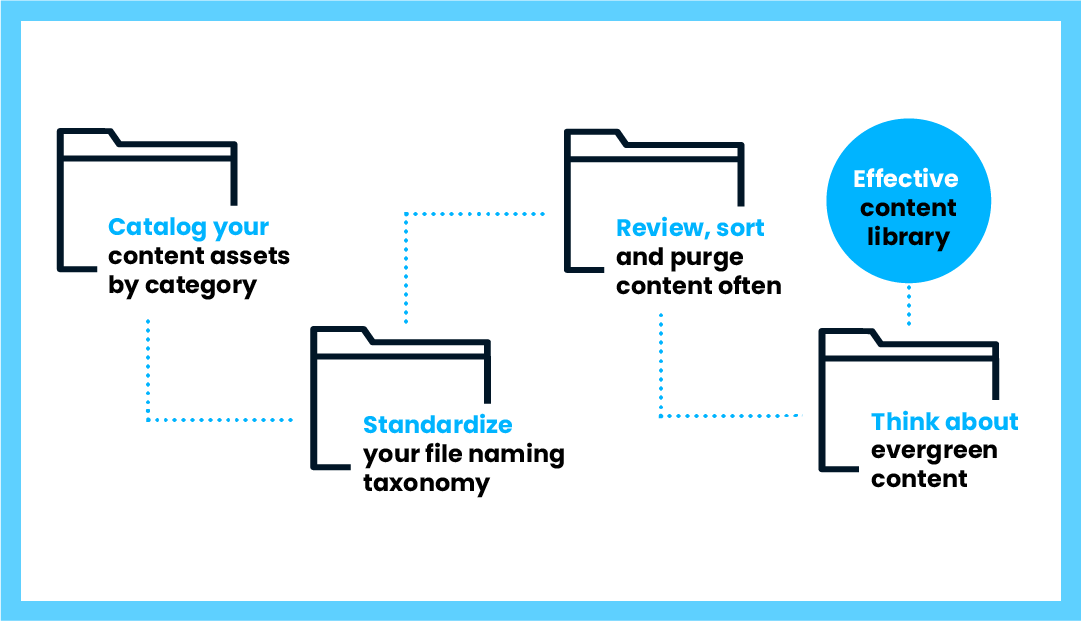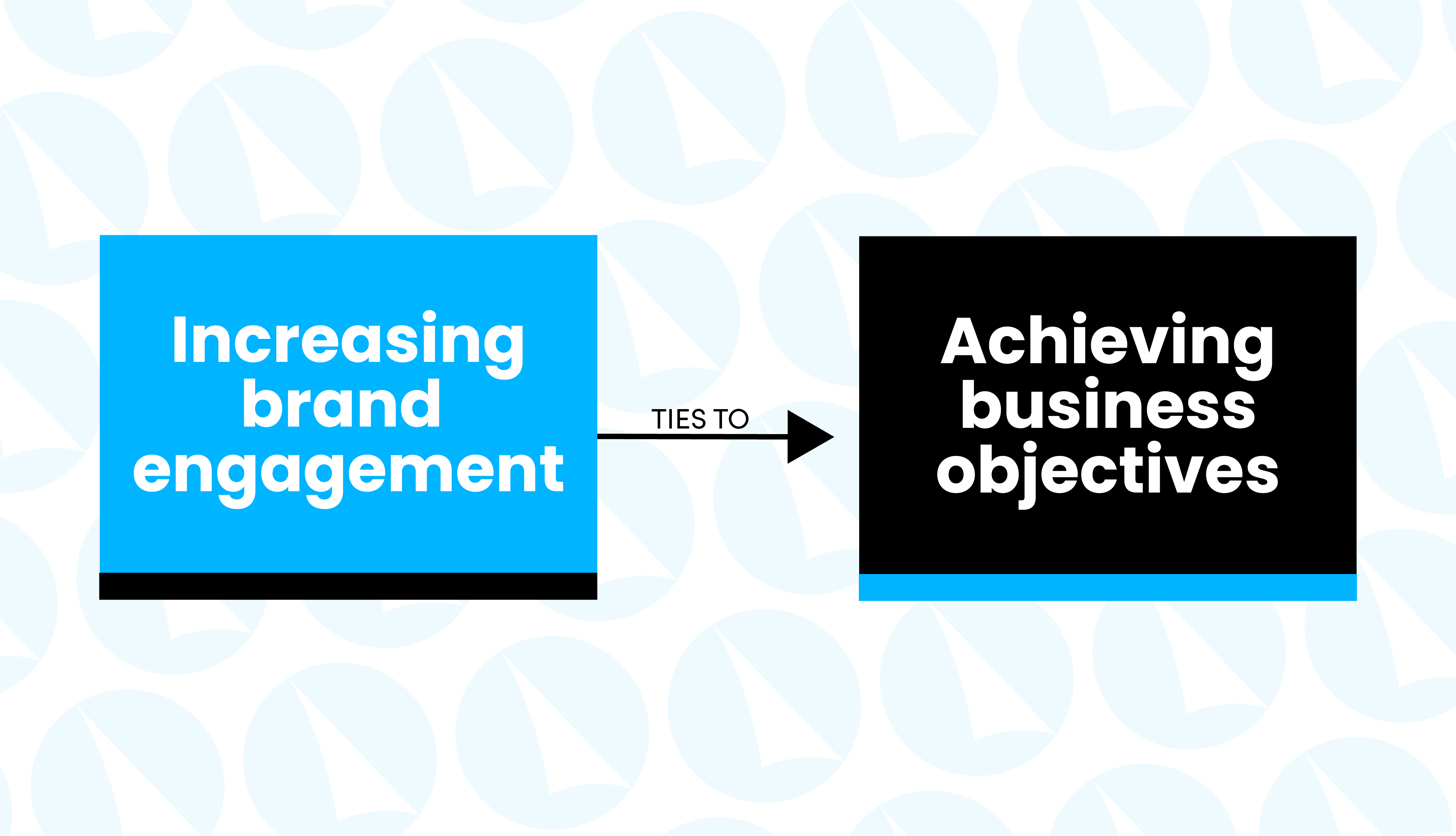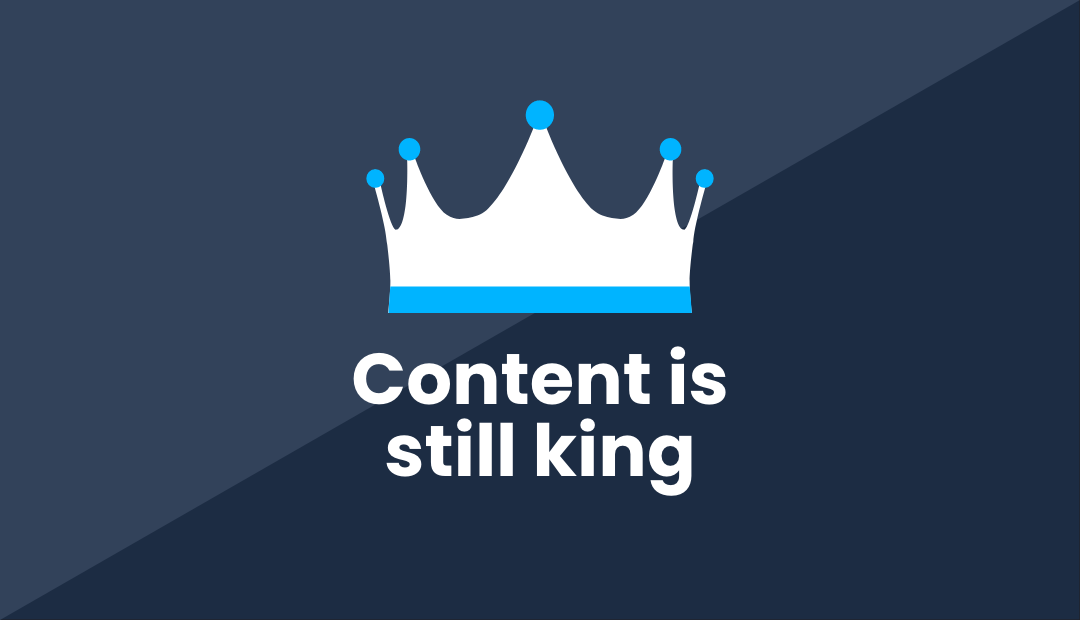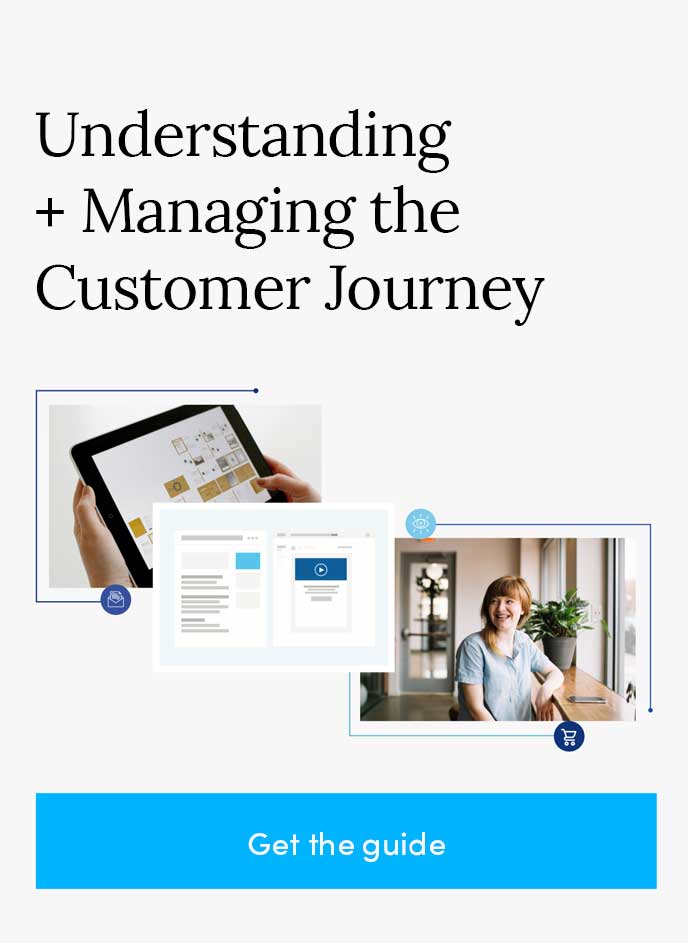For good reason, and this year, more than ever, content really is king. Are you curious why it’s on the priority list for the marketers we surveyed? Because it now needs to be a high priority for any internal marketing team’s resource management plan. Not every team has someone who can truly fill this role.
Producing engaging content
Ultimately, the result of good content is audience engagement. It’s no longer enough to simply produce content. Smart marketers realize that producing really good content is the differentiator.
Our most recent survey showed that, right after “lead generation,” content and brand engagement were listed as being of high importance to marketing leaders.
Content has the ability to move people and that’s why it’s a major factor when internal marketing teams look at their key talent requirements. Not all that long ago, a good writer was all you needed.
Now what is most important is having a team that understands the marketing proposition, so your content is relevant and pertinent to the bigger-picture, organizational goals.
Your internal resources
Take a look around. Do you have the team members who can deliver on a strategic content marketing plan? You should have a pretty good idea of all your team’s talents, but if you’re not sure where to start, here are some recommended first steps.
- Identify roles and responsibilities. Although people may wear more than one hat within a small team, the types of roles and responsibilities of a content team usually include a marketing lead to be responsible for strategy and oversight; a project manager, often the “chief” editor; a blogger; someone in charge of social media, and a designer or web person to be responsible for publishing content, video or other media. You’ll also want to put someone on the team in charge of working with your internal teams to gather insights, advocate for contributions, and encourage advocacy posts on their social channels.
- Identify opportunities for support. If you are on a small team, identify the skills and bandwidth gaps and find creative ways to fill them. You can leverage freelance videographers or designers when needed, or even identify interns who can provide support on some of the execution tasks. There are also lots of great free online resources to help train team members on new skills.
- Test and optimize. Test out your new role players and monitor carefully. Provide positive, constructive feedback and be prepared to go through a series of revisions.
An additional success tip: try spreading out research and tasks where possible and assign topics to your team based on their interests to foster the most enthusiasm and get the best results.
Start with your content library: 4 considerations
Is your existing company content organized all in one place? Do you even know what’s there? If not, a good first step is the creation of a content library. This will help you get a baseline of what exists today and also will provide the foundation for better content management in the future.
Here are four things to consider when building a content library.
- Catalog your content assets by category: product info, service info, industry perspectives, industry research and analysis, etc.
- Standardize your file naming taxonomy, starting with the highest category level — Sales or marketing / Topic / Subtopic / Date.
- Review, sort and purge often. Segment information that is topical, especially if it will become outdated at a certain point. Consider including an “expiration date” in your file nomenclature.
- Look at your existing content. Before starting a new piece of content from scratch, think about developing more “evergreen” content. Is there a great article that’s been popular and just needs a refresh from a new angle? If your content is properly cataloged, it will be easier to find.
Additional information about building a content library may be found in this excellent article from the Content Marketing Institute on Library Marketing.

Audience focused content creation
When coming up with content for your audience, you must first consider what is most important to them. What questions are they asking that we can help answer? Are they having any problems we can help solve? If you’re not sure what your audience wants, ask them.
You can use a formal survey if that fits your brand, or feed questions back to the sales or customer experience teams so they can query their prospects and clients and report back to you.
The reality is that when the audience is interested and your brand provides them value, they’re way more likely to become engaged with your brand.
Marketing and sales integration
We’re big believers in the integration of marketing and sales. When you include your sales team in your strategy sessions upfront you can better align the marketing content with sales goals, and provide more value to your audiences. Sales teams can tell you what their customers and prospects are concerned about, and what they will certainly want to learn through your content.
Take an authoritative, leadership approach and show your subject-matter expertise. A few things you can ask from your sales team:
- What do our customers and prospects care about most? Understand that this is, and can be, different during the buying process as well as the retention process.
- What are our customers’ challenges? What questions do they ask during a sales call? How are we helping them solve their challenges?
- Who are our best customers? Why? What decision-makers are involved in the process? Is what they care about different by role?
- How long is our buyer’s journey typically?
- What triggers exist in the process? Is there any urgency in their requests? What are the most urgent things they are looking for? Why?
A measurable content plan
When mapping out your content plan, consider the actions you want your users to take. Where do we want them to go next? What value are we providing? And can we collect any measurable data that will connect to the overall marketing objectives, especially regarding personalized content?
Measurable actions from content can involve clicks and form fills, whether it’s clicking a button to get to additional information, or filling out a form to download a white paper or report, or to subscribe to a mailing list. Now that first-party data is so critically important, the act of a user submitting contact info constitutes an official “opt-in,” so be sure to include that fact in a footnote.

Remember, the ultimate goal is brand engagement that can tie back to the overall business objectives. By ensuring that these actions are measurable, marketing can begin to make its case that its efforts are significantly contributing to the bottom line. A few things you can do to make sure your actions are measurable:
- Do an audit of your calls to action (CTAs). Are they compelling enough to encourage the user to actually explore the opportunity? Be honest. If you’re offering a (gated) whitepaper or downloadable, but there’s a form-fill, the CTA button should be clear and easy to understand so audiences know what to expect.
- Tracking. Make sure you are tracking your most desired outcomes, like button clicks, form fills, and phone calls.
- First-party data collection. Make sure that the information you gather from form-fills populate your database with first-party data, which can be sorted and filtered for more personalized content delivery in the future.
Understanding CTAs and tracking will provide built-in engagement and the actions taken by users will give you valuable information for analysis and future content development.
Pro tip: Links to additional information or previous blogs will help to portray you as a subject-matter expert (SME) and they position your organization as one that possesses – and shares – knowledge-based value. And they don’t hurt your SEO rankings either.
Presentation is everything
The visual presentation of your content is as important as the creation of the copy itself. Pick up your brand cues in the design and make it consistent across all your content. Spending the time to design creative templates can save you time and resources in the long run. You can create templates for items such as:
- Blog layout style
- Downloadable formats
- Social media guidelines
- Email templates
- Website page templates for landing or marketing pages
Measurement: the big pay-off
You will want to measure everything you can regarding your content. How much time is spent on the intended landing page or website? How many users clicked through to your other links? How many people actually filled out the form? Did they complete it? How many reports were downloaded? Which ones? Through Google Analytics, you’ll want to monitor what content is being read the most? The least?
Data collected from content use behavior is beneficial in various ways:
- Informs future content direction
- Helps to further define the user audience
- Provides opportunities for personalized messaging
- Helps connect marketing back to sales objectives
- Provides data for management reporting






